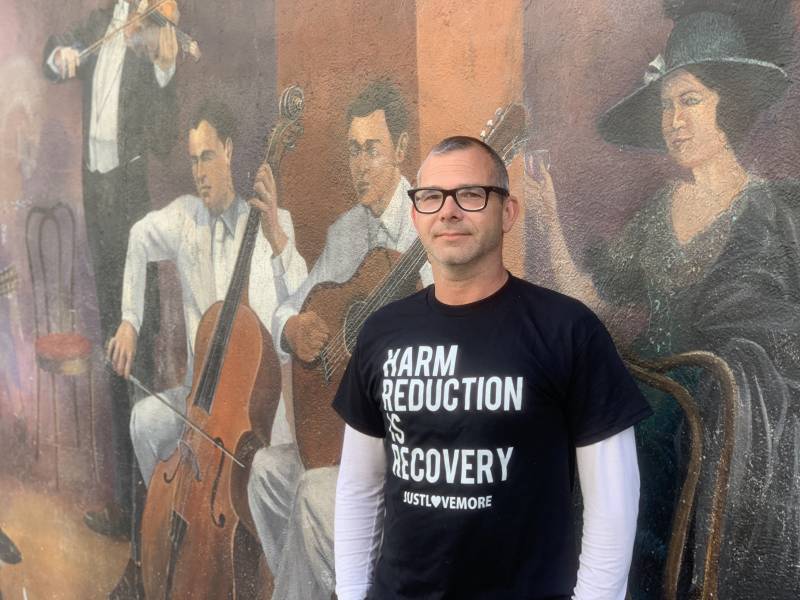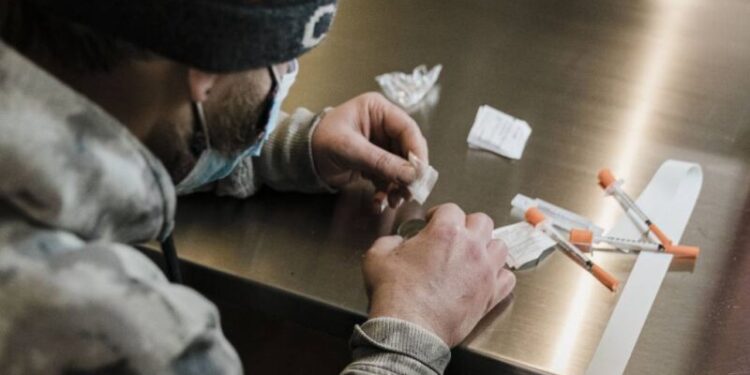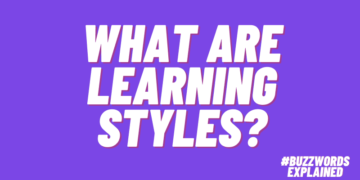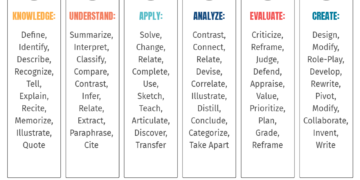“I immediately went back to my dealer’s house from the hospital and bought everything that she had because it was the best heroin I had ever done,” he said.
At the time, McCoy was grappling with his sexuality in a conservative town in Virginia.
“I wasn’t quite in the closet,” said McCoy. “But I wasn’t really open about the fact that I was gay.”
He spent the next decade high, homeless and near the brink. At 24 years old, McCoy learned he was HIV-positive. He was staying in a cheap hotel in San Francisco alone. It was Christmas Eve.
“I weighed 110 pounds, psoriasis was all over my body, I was injecting every day, couch-surfing when I could, and trading sex for drugs or a place to sleep.”
When he didn’t have anywhere else to shoot up, McCoy used bathroom stalls at public libraries.
“I think if I had a place to go where I could safely use, where people could see that I needed medical assistance, I think it would have avoided a lot of trauma,” he said.
McCoy says he spent lots of time in jail spread over many arrests, and landed in the emergency department monthly for at least a decade as his drug habits and AIDS ravaged his body.
Zero recorded overdoses
A safe consumption site can range from a converted RV to a sprawling warehouse. Inside, it typically looks somewhat like a hair salon, with mirrors lining the walls, individual stalls for each client, and sterile supplies laid out on steel countertops.
 Gary McCoy in San Francisco’s Tenderloin neighborhood, on April 27, 2022. In August 2021, McCoy slept on the sidewalk and did not eat for three days to draw attention to the overdose crisis. City leaders took note and declared a state of emergency. (Lesley McClurg/KQED)
Gary McCoy in San Francisco’s Tenderloin neighborhood, on April 27, 2022. In August 2021, McCoy slept on the sidewalk and did not eat for three days to draw attention to the overdose crisis. City leaders took note and declared a state of emergency. (Lesley McClurg/KQED)
“You’ll have two rooms,” said Alex Kral, epidemiologist for the nonprofit research group RTI International. “The first room is where people can inject under supervision. And then you have a second room where people can basically chill out after they have used drugs and be monitored.”
Health care workers equipped with “crash carts” stocked with naloxone and other lifesaving tools stand by.
Rhode Island greenlighted supervised injection sites last year, but nothing has launched yet. New York City opened two sites last fall. Around the world, more than 100 safe consumption sites exist in more than a dozen countries.
“There have probably been tens of millions of injections people have done in these sites over the last 35 years,” said Kral. “And no one has ever died of an overdose.”
Yet, just last year, more than 10,000 people in California and more than 100,000 people nationwide died of an overdose on the streets, at parties, at home.
Sends the wrong message
“That number is really underreported because there are parts of the country that don’t have the resources to do toxicology screens on every death,” said Ron Brooks, president of the National Narcotics Officers’ Associations’ Coalition.
He estimates the accurate tally could be as high as 140,000 deaths nationwide, which is why he says the overdose crisis is the most significant public health epidemic facing the nation. However, Brooks does not support opening “safe consumption sites” to solve the problem because, he says, there is no safe way to do drugs.
“You can call it what you want to call it. It’s an open drug scene,” said Anne Marie Schubert, Sacramento County district attorney. “The fact that we’re considering allowing our government to essentially aid and abet the illicit use of drugs that are killing our citizens, I find shocking.”
Schubert would rather see more court-ordered treatment. She says current law does not allow judges to require nearly enough people to seek help.
However, Gary McCoy says you can’t force sobriety. When he finally limped into treatment, AIDS had nearly wiped out his immune system. In fact, he was in such ghastly shape that his drug dealer finally nudged him to seek help, which is why he’s now a huge advocate for supervised injection sites.
“I don’t know if I would have stopped using sooner, but I certainly would have been in much better hands,” he said.
These days on morning strolls through his neighborhood in San Francisco, McCoy chats with people getting high on the streets. He lets them know there’s help available, and says that’s the real service outreach workers at safe consumption sites could provide.




















